Japanese Currency
The Japanese currency is the Yen, and is issued by the Bank of Japan. Japanese currency is the third most popular traded currencies in the world, following after US dollars and Euro. Because of the elaborated procedure on producing, Japanese banknotes are extremely hard to counterfeit. On November 2004, Bank of Japan issued a new version of 1000 Yen, 5000 Yen, and 10,000 Yens. Watermarks are added to the 2000 yen notes, and other anti-counterfeit measures are employed on producing 5,000 and 10,000 yen notes. Though currency detectors are not very common in Japan, travelers do not have to worry about getting counterfeit money in Japan.
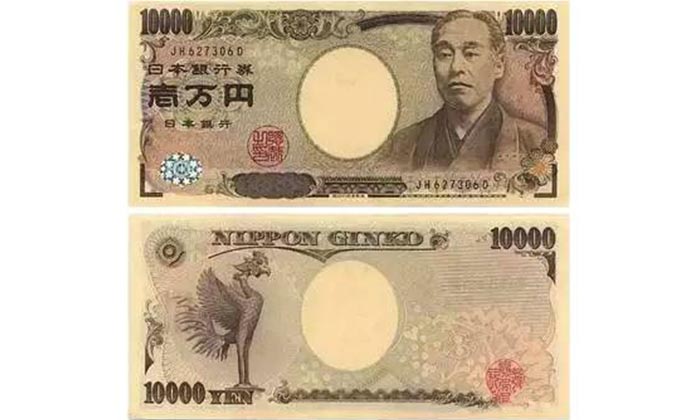
The front side 5,000 yen note is a portrait of Ichiyo Higuchi, a novelist and poet during the Meiji period. She was a famous writer in the 19th century who was among the first to criticize literary realism. Though she was not active in literary field for a long time, but her works brought a profound impact on in Japan society. Her most famous works shed light on the harsh living condition of the lower class during the Meiji Period. In the back of the 5,000 yen note was the famous painting of Japanese irises by Korin Ogata. The painting published during the Edo period and is a significant masterpiece in Japan art.
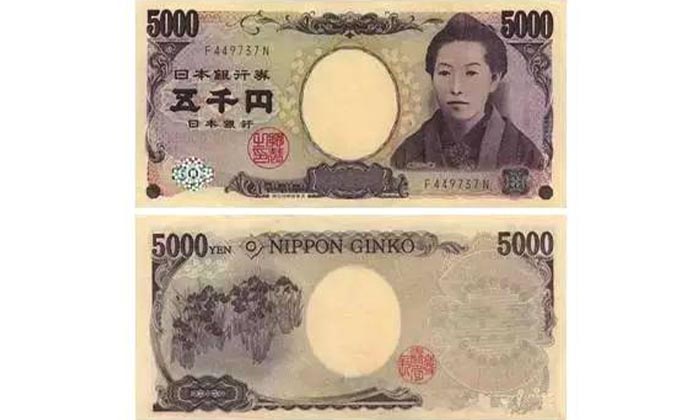
On the front side of a 2000 yen note, one will find iconic the landmark, Shureimon gate, of Okinawa. Shureimon is deemed as the national treasure. One the reverse side is an episode from the Tale of Genji. Serving an important role in literature in the modern world, the Tale of Genji was created in 1007- 1014, controversially the first modern novel in the world.
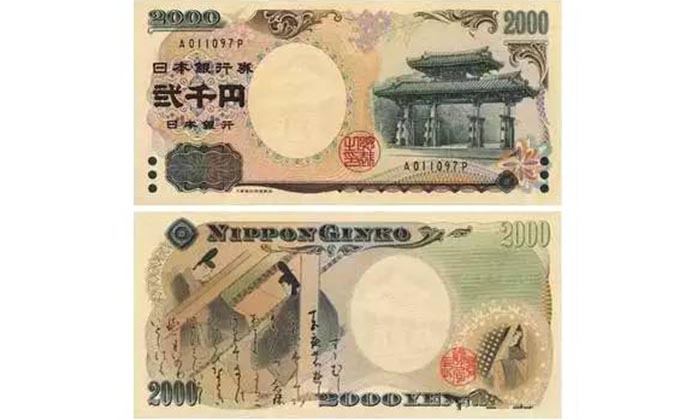
1000 yen note is the smallest banknote denomination in Japan. The front is a portrait of Hideyo Noguchi, a remarkable bacteriologist in Japan. The reverse side shows Mt.Fuji and cherry blossom, the icons of the Japan.
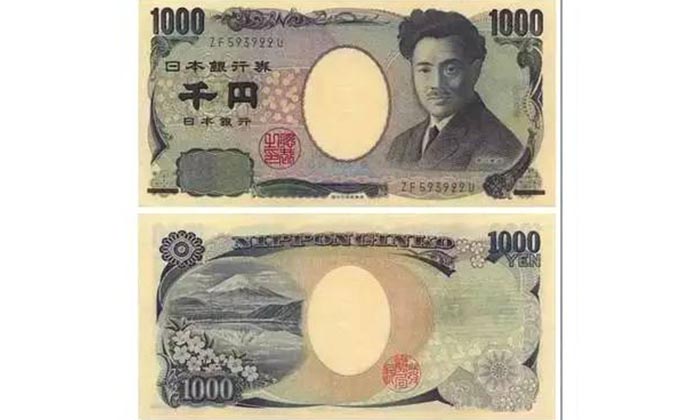
500 yen coin is the largest coin denomination in Japan. 100 yen coin, on the other hand, is the most commonly used, and many drinks are sold at ¥100 for convenience. Because tax are collected in stores, people also find ¥10, ¥5, and ¥1 coins handy in Japan.
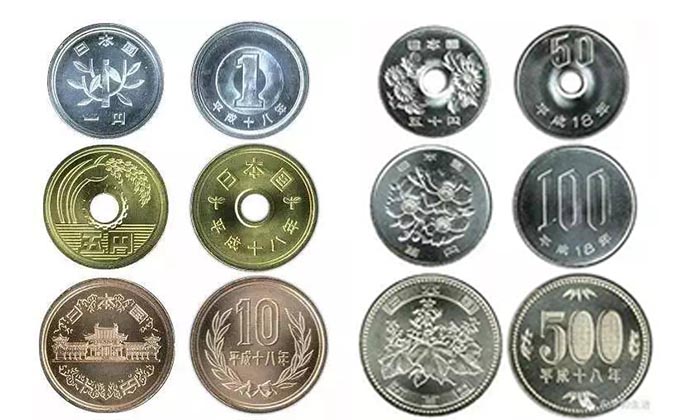
Above is a brief introduction on Japanese currency. If you are planning to travel to Japan and want to know more about the currency, please check out more information on our website.
As a reliable Japan Travel Agency, we provide budget Japan tours, and cheap private limousine service for travelers from overseas in Japan. Whether you are looking for a short tour or a private chauffeur, you can easily find the most suitable one at an affordable price. Contact our representatives to book our Tokyo tours and Japan private chauffeur today.
The Japanese currency is the Yen, and is issued by the Bank of Japan. Japanese currency is the third most popular traded currencies in the world, following after US dollars and Euro. Because of the elaborated procedure on producing, Japanese banknotes are extremely hard to counterfeit. On November 2004, Bank of Japan issued a new version of 1000 Yen, 5000 Yen, and 10,000 Yens. Watermarks are added to the 2000 yen notes, and other anti-counterfeit measures are employed on producing 5,000 and 10,000 yen notes. Though currency detectors are not very common in Japan, travelers do not have to worry about getting counterfeit money in Japan.
Japan Bank Notes & Coins
The largest banknote denomination of Japanese yen is the 10,000 yen note. The front side shows the portrait of Yukichi Fukuzawa, an influential scholar and entrepreneur in Japan. The back side shows a Hoo, Japanese phoenix, to honor the Phoenix Hall of Byodoin.
The front side 5,000 yen note is a portrait of Ichiyo Higuchi, a novelist and poet during the Meiji period. She was a famous writer in the 19th century who was among the first to criticize literary realism. Though she was not active in literary field for a long time, but her works brought a profound impact on in Japan society. Her most famous works shed light on the harsh living condition of the lower class during the Meiji Period. In the back of the 5,000 yen note was the famous painting of Japanese irises by Korin Ogata. The painting published during the Edo period and is a significant masterpiece in Japan art.

On the front side of a 2000 yen note, one will find iconic the landmark, Shureimon gate, of Okinawa. Shureimon is deemed as the national treasure. One the reverse side is an episode from the Tale of Genji. Serving an important role in literature in the modern world, the Tale of Genji was created in 1007- 1014, controversially the first modern novel in the world.

1000 yen note is the smallest banknote denomination in Japan. The front is a portrait of Hideyo Noguchi, a remarkable bacteriologist in Japan. The reverse side shows Mt.Fuji and cherry blossom, the icons of the Japan.

500 yen coin is the largest coin denomination in Japan. 100 yen coin, on the other hand, is the most commonly used, and many drinks are sold at ¥100 for convenience. Because tax are collected in stores, people also find ¥10, ¥5, and ¥1 coins handy in Japan.

Above is a brief introduction on Japanese currency. If you are planning to travel to Japan and want to know more about the currency, please check out more information on our website.
As a reliable Japan Travel Agency, we provide budget Japan tours, and cheap private limousine service for travelers from overseas in Japan. Whether you are looking for a short tour or a private chauffeur, you can easily find the most suitable one at an affordable price. Contact our representatives to book our Tokyo tours and Japan private chauffeur today.
Related Articles You May Like
Most Frequently Asked Questions
-
What is the Japanese currency called?The Japanese currency is the Yen, and is issued by the Bank of Japan. Japanese currency is the third most popular traded currencies in the world, following after US dollars and Euro.
-
Is the Japanese Yen stable?Japanese currency is the third most popular traded currencies in the world. Though periodic fluctuations occurred, Japanese Yen is one of the most stable currencies in the world based on the performance in the past 20 years. Japanese yen appreciated significantly after signing the Plaza Accord.
-
Why does Fukuzawa Yukichi appear on the $10,000 yen note?Fukuzawa Yukichi is printed on $10,000 yen note, the largest banknote denomination in Japan, because he was an inspirational philosophist during the Meiji period, serving as a crucial role in leading the country toward modernization. He is also the author of the famous Datsu-A Ron.
-
What is ¥1 coin useful for?¥1 coin only has a very small value, but it can be useful as changes when paying tax at store.
-
Is counterfeit money common in Japan?Japanese currency is one of the hardest to counterfeit because of the complicated process required on duplicating. Counterfeit money rarely happens in Japan history.
-
What can I buy with ¥100 coin?¥100 coin is the most commonly used coin denomination in Japan. Most drinks are priced at ¥100. Travelers often find it handy to have ¥100 coins as it can be used in vending machines.
-
Why do most Japanese banknotes appear to be new?For hygienic purpose, Bank of Japan constantly recycles the worn out banknotes and replace with new ones.
-
Where can I purchase a complete collection of Japanese coin?A complete collection of Japanese coin is available at postal banks and online. Many travelers would purchase or collect a set as memento when traveling to Japan.
Japan Office
- Tel: +81 50-3701-6391
- Email: info@japanholiday.com
- Working Hours: 8am-7pm, (Japan)
USA Office
- Tel: +1-6265617117
- Email: info@japanholiday.com
- Working Hours: 8am-7pm, Pacific Time

